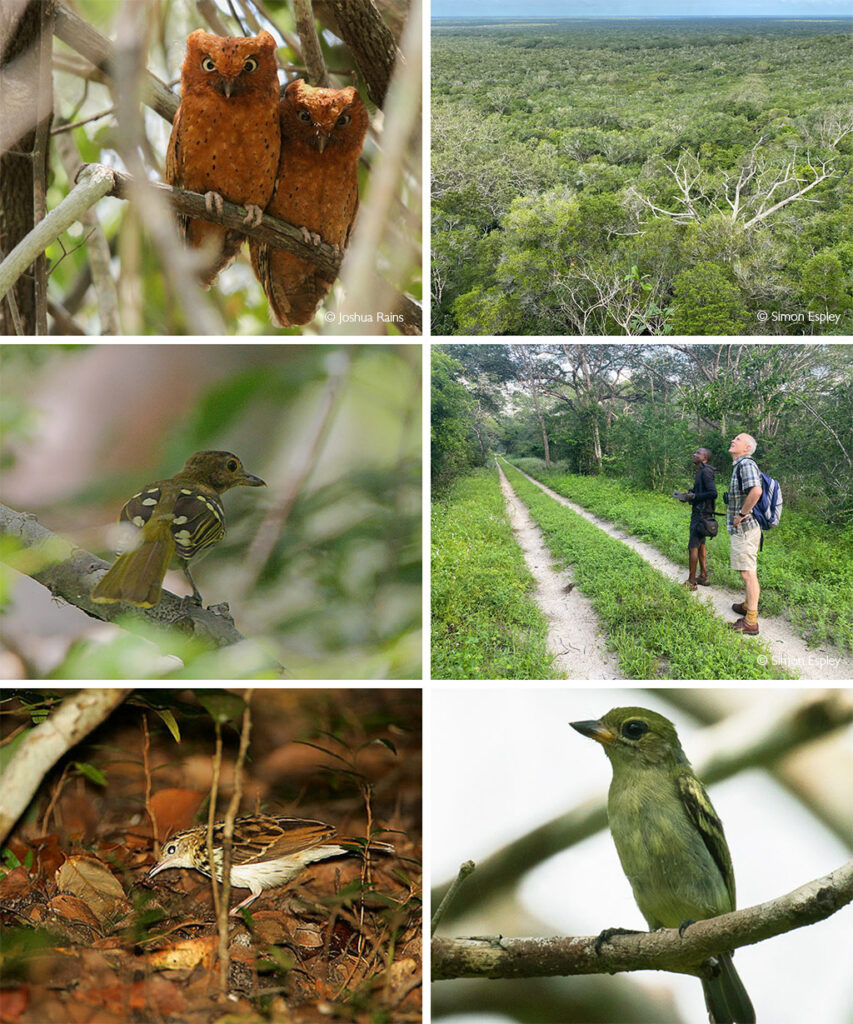Arabuko-Sokoke Forest: A Haven for Wildlife and Nature Lovers
Nestled in the heart of Kenya’s coast region, Arabuko-Sokoke Forest is one of the most beautiful and biodiverse forests in East Africa. This magical and unique ecosystem is home to a wealth of wildlife, including rare bird species, primates, and even elephants. As one of the largest remaining tracts of coastal forest in East Africa, it’s no wonder that Arabuko-Sokoke has become a haven for nature lovers and wildlife enthusiasts.
A Brief History of Arabuko-Sokoke Forest
Arabuko-Sokoke Forest is a remnant of the once vast East African coastal forests that stretched from Somalia to Mozambique. It is thought to have formed around 50,000 years ago as a result of climate changes and human activities. Today, Arabuko-Sokoke is the largest remaining fragment of this ancient forest. It was declared a National Reserve in 1976 and is now managed by the Kenya Forest Service under the National Environment Management Authority.
Exploring Arabuko-Sokoke Forest
Arabuko-Sokoke Forest is a great place to explore for nature lovers. It covers an area of 420 km2 and is home to a vast array of wildlife and plant species. The forest is divided into two sections: the dry forest and the wet forest. The dry forest is home to a variety of birds, primates, and other animals. The wet forest is a haven for amphibians and reptiles.
There are several trails within the forest that are perfect for exploring. The Gede Ruins trail is a popular one, taking visitors to the ruins of the ancient town of Gede. Here, visitors can explore the ruins and learn about the history of the area. The Mida Creek trail is also a great choice, taking visitors to the mangrove-lined Mida Creek, where they can spot birds, crabs, and other wildlife.
Wildlife of Arabuko-Sokoke Forest
Arabuko-Sokoke is home to an incredible array of wildlife. It is one of the most important breeding sites for the endangered Clarke’s Weaver, as well as other rare birds such as the Sokoke Pipit, the Amani Sunbird, and the Golden-Rumped Elephant Shrew. The forest is also home to a variety of primates, including the Sykes Monkey, the Grey-Cheeked Mangabey, and the Blue Monkey.
In addition, the forest is home to a number of other animals, including the African Elephant, the Bush Pig, and the Servaline Genet. It’s also an important habitat for a variety of amphibians, reptiles, and rare plants.
Conservation Efforts in Arabuko-Sokoke Forest
Arabuko-Sokoke Forest is an important protected area and is home to a number of conservation efforts. The Kenya Forest Service is actively working to protect and preserve the forest’s unique biodiversity. Conservationists are also working to restore the forest’s degraded areas, as well as to create a network of forest corridors to ensure the safe passage of wildlife.
In addition, the forest is home to a number of research and education initiatives. The Arabuko-Sokoke Forest Education Center offers educational programs about the forest and its wildlife, and the Mida Creek Research Center is an important hub for research into the forest’s biodiversity.
Visiting Arabuko-Sokoke Forest
Arabuko-Sokoke Forest is a great destination for nature lovers and wildlife enthusiasts. Visitors can explore the forest’s trails, spot wildlife, and learn about its rich biodiversity and conservation efforts. Here are some tips for visiting Arabuko-Sokoke Forest:
- Guided Tours: Consider taking a guided tour of the forest to maximize your experience. Knowledgeable guides can help you spot wildlife, identify plant species, and learn about the forest’s history and conservation efforts.
- Birdwatching: Arabuko-Sokoke Forest is a paradise for birdwatchers, with over 270 bird species recorded in the area. Bring along a pair of binoculars and keep your eyes peeled for rare and endemic birds.
- Dress Appropriately: Wear comfortable clothing and sturdy shoes suitable for walking on forest trails. Don’t forget to bring a hat, sunscreen, and insect repellent to protect yourself from the sun and insects.
- Respect Wildlife: While exploring the forest, remember to respect the wildlife and maintain a safe distance from wild animals. Avoid feeding or disturbing them, and refrain from littering or leaving behind any trash.
- Conservation Awareness: Take the opportunity to learn about the conservation efforts underway in Arabuko-Sokoke Forest. Understand the importance of preserving this unique ecosystem and consider supporting conservation initiatives through donations or volunteer work.
- Photography: Capture the beauty of Arabuko-Sokoke Forest with your camera or smartphone. Remember to be respectful of the environment and avoid causing any damage while taking photos.
- Plan Your Visit: Check the weather forecast and plan your visit accordingly. The best time to visit Arabuko-Sokoke Forest is during the dry season (from June to September), when the weather is pleasant and wildlife sightings are more common.
- Visitor Facilities: Arabuko-Sokoke Forest has visitor facilities including picnic sites, campsites, and information centers. Be sure to check in advance for any facilities you may need during your visit.
- Responsible Travel: Practice responsible tourism by minimizing your environmental impact and supporting local communities. Choose eco-friendly accommodations, purchase souvenirs from local artisans, and respect the customs and traditions of the area.
- Enjoy the Experience: Take time to immerse yourself in the beauty and tranquility of Arabuko-Sokoke Forest. Listen to the sounds of nature, breathe in the fresh air, and appreciate the wonders of this unique ecosystem.
By following these tips, you can make the most of your visit to Arabuko-Sokoke Forest and create unforgettable memories while supporting conservation efforts in this biodiverse haven.

